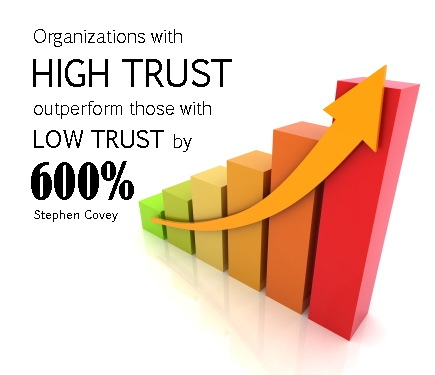 What if character and competence were the primary concern for building your business (and yourself)? Have you considered that?
What if character and competence were the primary concern for building your business (and yourself)? Have you considered that?
According to thoughtful work by Stephen Covey and Ken Blanchard, both of whom have sold millions of business books and helped transformed countless businesses, there is an important case for trust in your employees and business.
This is what Stephen Covey had to say about Trust in his book Speed of Trust and Smart Trust:
- Trust is an economic driver.
- Trust is the number one competency of leadership.
- Trust is a learn-able competency.
I can agree with this. When you don’t have trust, things quickly fall apart, stall out, and bog down. Depending on the character and competence of those working with you, the outcomes could be “just barely manageable” or down right “tragic”. And its the relationships of others as well as the poor performance of the organization that pay the cost of these trust problems.
During a two day business retreat, I experienced all sorts of trust building exercises, all with one purpose; To open us up to one another, draw us closer as a team so we could work together, and become more trusting partners in the work we needed to do. I’ve experienced it first-hand. Trust matters if you want to drive successful teams and a successful business.
This post is about the mechanics and components of trust and most likely it is not at all what you think it is.
For example, how do you look at team building? My guess is that it doesnt look much like this: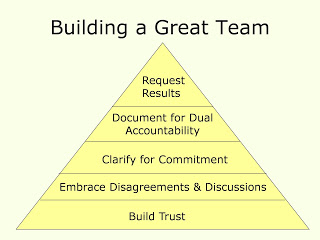 Since your team building model most likely doesn’t build up from trust, you are likely to suffer from these problems:
Since your team building model most likely doesn’t build up from trust, you are likely to suffer from these problems:
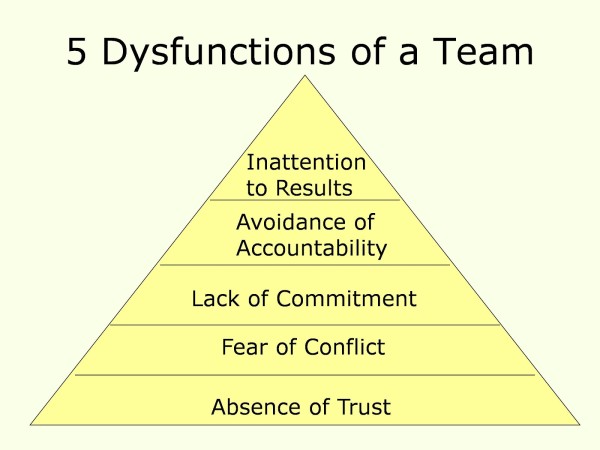
So let’s take a quick look at this insightful introduction to trust by Stephen Covey.
Are you looking for velocity in your business? Want to go further, faster, more efficiently? If so, Trust should be at the core of your relationships, partnerships, and projects.
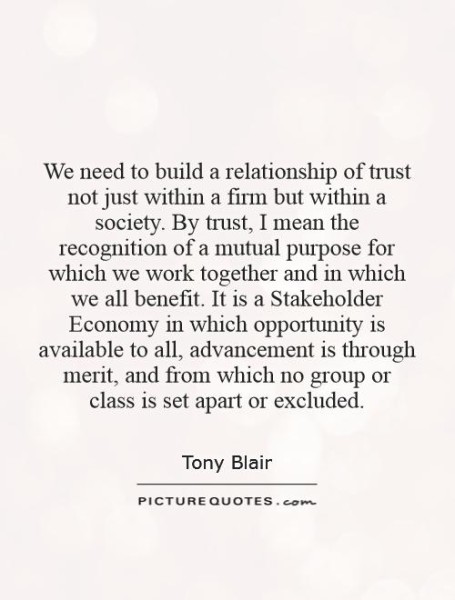 I’t comes as no surprise as to how important trust is.
I’t comes as no surprise as to how important trust is.
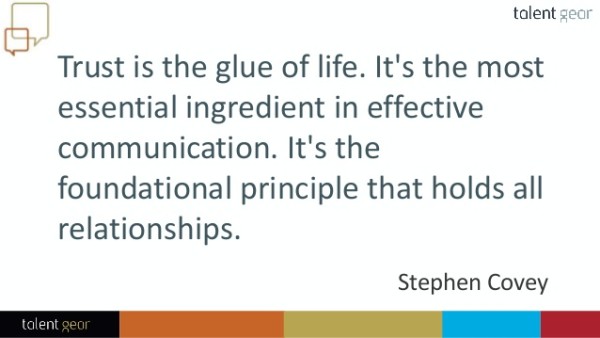 How exactly does trust work?
How exactly does trust work?
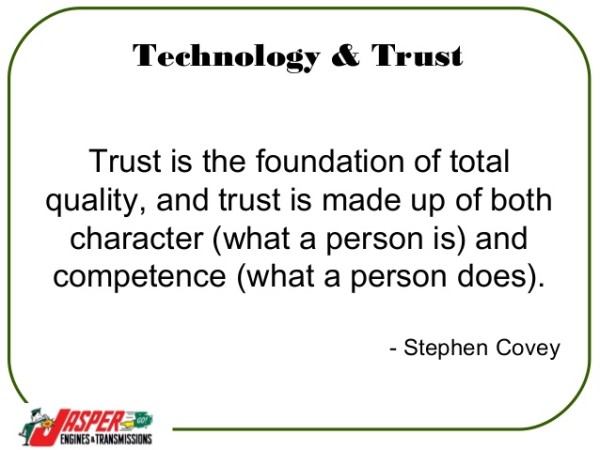
It starts with understanding the two key components of trust:
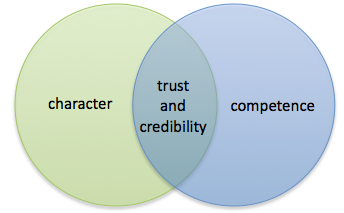
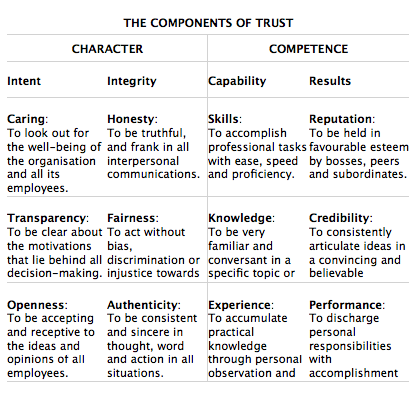 To summarize that in as simple of a way as possible, trust looks like this:
To summarize that in as simple of a way as possible, trust looks like this:
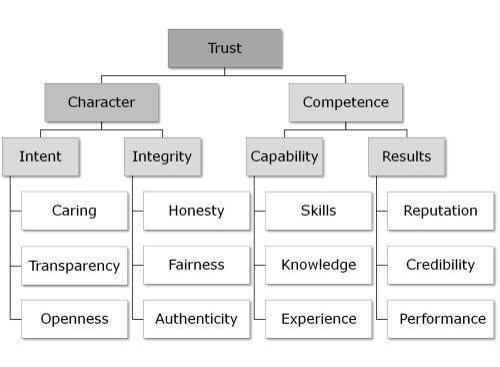
As you consider trust, you can put yourself and others into 4 primary quadrants:
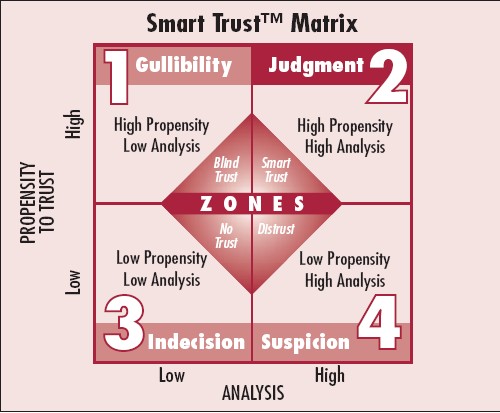
When you put it in action, trust looks like this: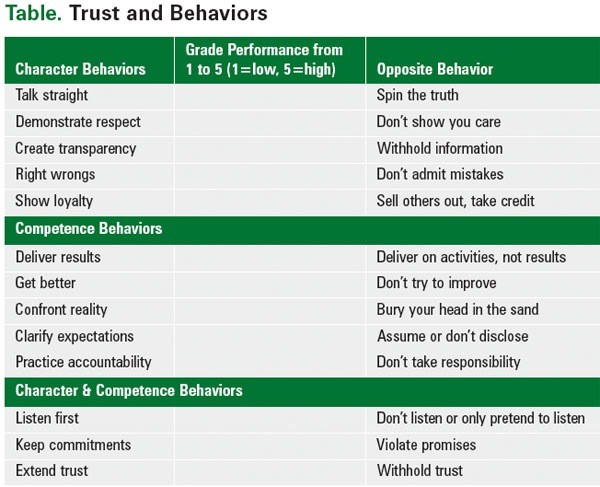
In order to move into Trust, you must be able, believable, connected, and dependable:
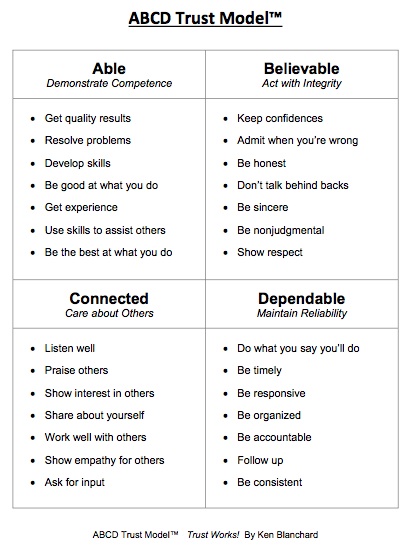
To move toward trusting environments, you must address character and competence and dispel the myths of trust:
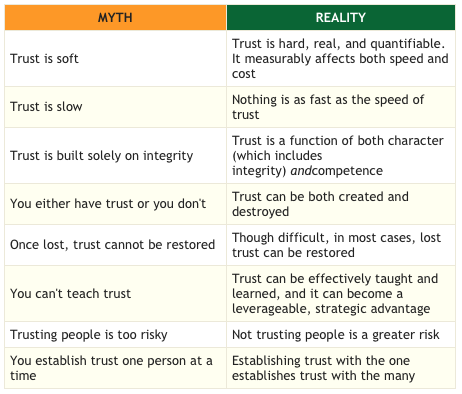
When you harness the power of trust, you’ll see the benefits or suffer the consequences.

Look out for the behaviors that build or diminish trust.
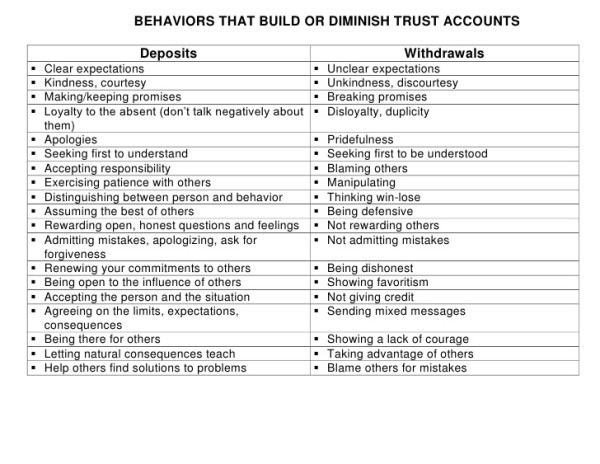
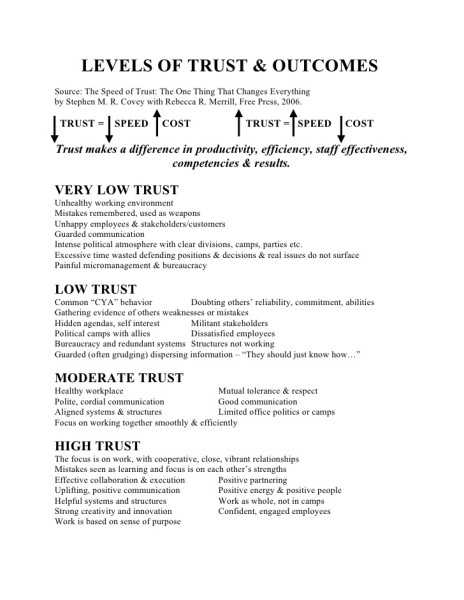
 Ready to email someone for the first time – asking for something? Wish you had an email template and and some advice on the best way to send a cold email? Maybe a bunch of email templates or advice from someone who has been effective with it?
Ready to email someone for the first time – asking for something? Wish you had an email template and and some advice on the best way to send a cold email? Maybe a bunch of email templates or advice from someone who has been effective with it? If you happen to be rushed and just want one good article to start off with, then I suggest you jump straight over to Dmitry’s exemplary post on
If you happen to be rushed and just want one good article to start off with, then I suggest you jump straight over to Dmitry’s exemplary post on  One of the web’s most informed internet marketers,
One of the web’s most informed internet marketers, 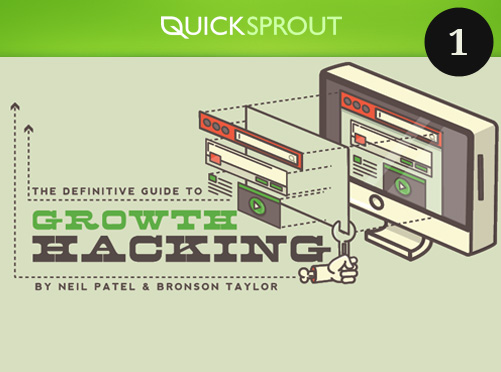 Looking to get and keep customers? Then this
Looking to get and keep customers? Then this 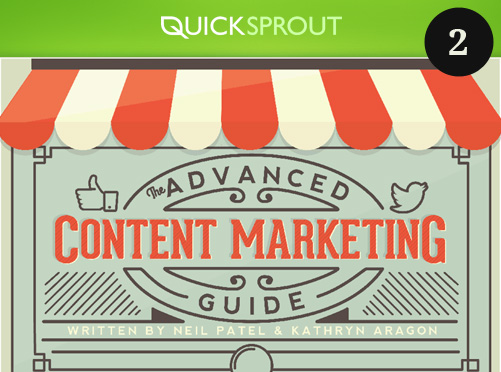 This is essential reading for bloggers, ecommerce sites, and business owners who are looking to drive sales, traffic, and trust using high-value content. This is something Neil is a master at and you’ll find everything from generating good content ideas to planning your content creation and learning how to write like a pro. You’ll learn more about SEO and how to promote the site and solid ways to monetize the traffic. You’ll get a lot of value out of the examples, templates and advice.
This is essential reading for bloggers, ecommerce sites, and business owners who are looking to drive sales, traffic, and trust using high-value content. This is something Neil is a master at and you’ll find everything from generating good content ideas to planning your content creation and learning how to write like a pro. You’ll learn more about SEO and how to promote the site and solid ways to monetize the traffic. You’ll get a lot of value out of the examples, templates and advice.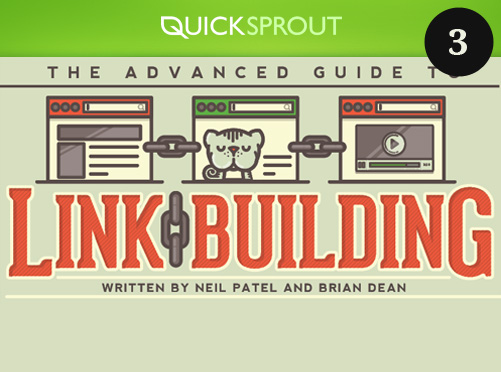 For online marketers and anyone trying to generate more traffic to their site, one of the most important skills is link building. This is a “normal” SEO concern, but it’s written for business owners and marketers to get a complete view of why this matters, how it works, and the strategies involved in building great inbound links. You’ll find ideas, advice, tips, and direct instruction to quickly advance your link building strategies and results.
For online marketers and anyone trying to generate more traffic to their site, one of the most important skills is link building. This is a “normal” SEO concern, but it’s written for business owners and marketers to get a complete view of why this matters, how it works, and the strategies involved in building great inbound links. You’ll find ideas, advice, tips, and direct instruction to quickly advance your link building strategies and results.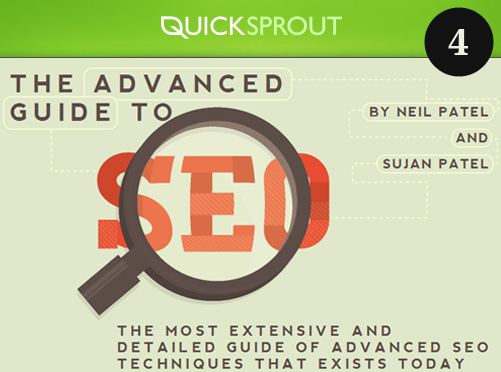 This SEO guide gets into advanced topics and proves to be a great next step for those that have mastered SEO Basics and have already moved past the well known SEOMoz Beginner’s Guide. Additionally, this guide is written after the now infamous Penguin and Panda Google updates, so you’ll find it’s extremely relevant and useful for today’s SEO best practices. You’ll like that tactical advice, sound strategies, and helpful examples.
This SEO guide gets into advanced topics and proves to be a great next step for those that have mastered SEO Basics and have already moved past the well known SEOMoz Beginner’s Guide. Additionally, this guide is written after the now infamous Penguin and Panda Google updates, so you’ll find it’s extremely relevant and useful for today’s SEO best practices. You’ll like that tactical advice, sound strategies, and helpful examples.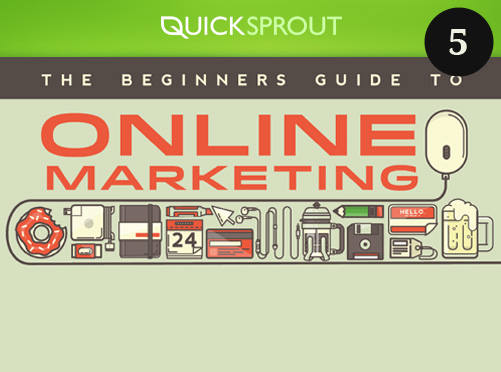 This 14 chapter guide pulls you through developing strategy, plans, conversions, email marketing, pr, and more. It’s billed as a beginner’s guide for first-time marketers, small business owners, and experienced entrepreneurs. I found it to be a well organized collection of concept and strategy for online marketing – more than a primer, but less than a definitive end-all guide. I think you’ll find it useful for all the key aspects of your online marketing efforts.
This 14 chapter guide pulls you through developing strategy, plans, conversions, email marketing, pr, and more. It’s billed as a beginner’s guide for first-time marketers, small business owners, and experienced entrepreneurs. I found it to be a well organized collection of concept and strategy for online marketing – more than a primer, but less than a definitive end-all guide. I think you’ll find it useful for all the key aspects of your online marketing efforts.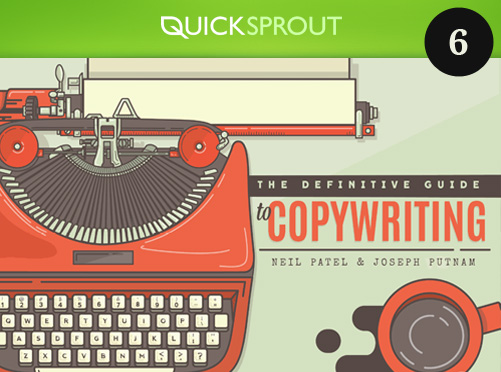 Great writing is the foundation for all marketing, seo, and useful content. It’s engaging, persuasive, and shareable. If you are interested in selling more online, getting more people to follow you or recommend you as a resource, then this guide is a critical tool. You’ll learn about creating clear and compelling content, headlines, and customer focused messages. Most improtantly, you’ll learn how to focus on the customer and convert more people.
Great writing is the foundation for all marketing, seo, and useful content. It’s engaging, persuasive, and shareable. If you are interested in selling more online, getting more people to follow you or recommend you as a resource, then this guide is a critical tool. You’ll learn about creating clear and compelling content, headlines, and customer focused messages. Most improtantly, you’ll learn how to focus on the customer and convert more people. Hanging with nowhere to go. That’s what Dodge did with the Farmer Super Bowl ad.
Hanging with nowhere to go. That’s what Dodge did with the Farmer Super Bowl ad. The ad has already proven itself as an emotional marketing powerhouse with a remix and plenty of people talking about it.
The ad has already proven itself as an emotional marketing powerhouse with a remix and plenty of people talking about it. I don’t know about you, but I’m no farmer. Even still, I was absolutely stirred up. The spot had my attention and a gentle nudge or invitation was expected, and I feel necessary. The ad agency and Dodge actually did a lot, but left so much to die on the vine.
I don’t know about you, but I’m no farmer. Even still, I was absolutely stirred up. The spot had my attention and a gentle nudge or invitation was expected, and I feel necessary. The ad agency and Dodge actually did a lot, but left so much to die on the vine.
 1 –Dodge is serious about this Farmer campaign and has dedicated a lot of resources to it. They put farmers front and center on the
1 –Dodge is serious about this Farmer campaign and has dedicated a lot of resources to it. They put farmers front and center on the  3- You also don’t know they have a
3- You also don’t know they have a 
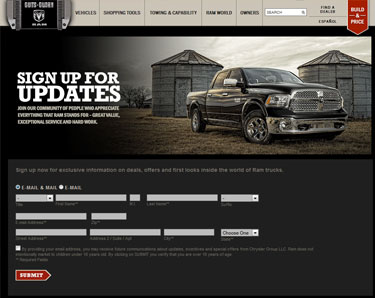 6 –They have an email newsletter to sign up too. It’s hidden. You have to scroll down and click a link before actually getting to it. So, it’s probably not getting signups and whatever it is getting is abysmal compared to what it would get if it were simplified and brought up to the Farmer page where it belongs.
6 –They have an email newsletter to sign up too. It’s hidden. You have to scroll down and click a link before actually getting to it. So, it’s probably not getting signups and whatever it is getting is abysmal compared to what it would get if it were simplified and brought up to the Farmer page where it belongs.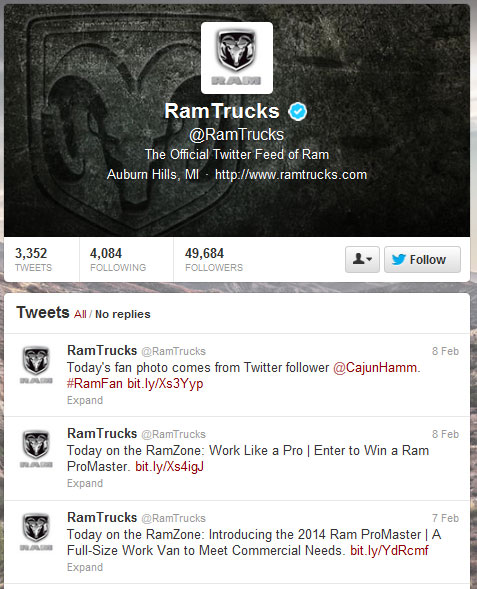
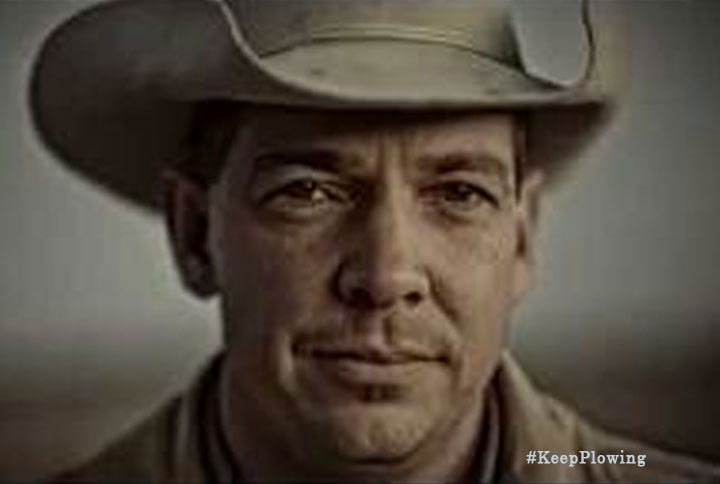



 Reverse engineering may just be the change your content marketing strategy needed to go to the next level.
Reverse engineering may just be the change your content marketing strategy needed to go to the next level.





